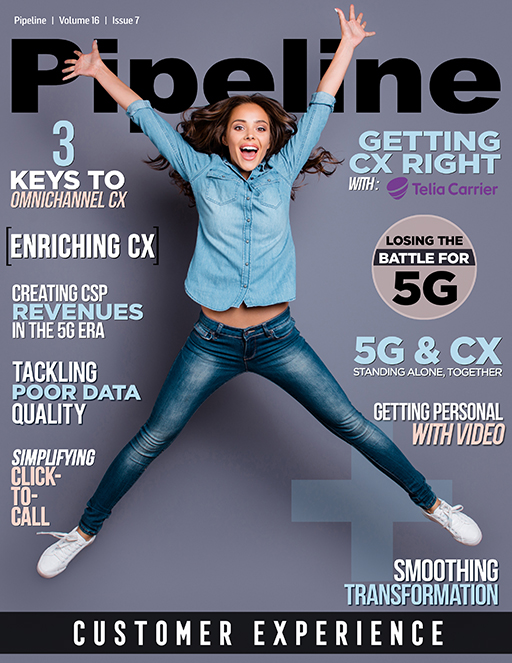3 Keys to Omnichannel Customer Experience Success
Once you have ready access to a secure, single view of a customer and their complete communications history and a great UCC tool with which to give your employees access to that data, you need to complement it with the type of valuable information that can elevate the customer experience.
This valuable knowledge comes from allowing employees to easily communicate with one another—across departments and even locations. It includes shared hacks and tips that employees can use to help customers with their purchases and inquiries, from relatively basic details such as up to date inventory levels and pricing to more advanced information such as insights on how best to support a certain product, details about complementary solutions due to be released soon or new promotions that can give the buyer more value.
To accomplish this, organizations must break down the silos that exist between departments and eliminate any jealously guarded “ownership” of data. By harnessing the full potential of truly open and shared information via your UCC solution, your employees will gain the most powerful weapon of all in the quest to deliver the optimum customer experience: on-demand access to not just detailed customer data but also each other’s expertise and experience. This is essentially sideways communications within the organization on behalf of the customer, with the employee using the internal UCC system to access people and information significantly faster than if the customer tried to track it down themselves. How this plays out in practice could be a floor rep gaining rapid access to a product helpline for insights while speaking face-to-face with a customer on a technical issue, or a contact center agent consulting with one of the shipping team to help advise a customer on the best way to get a product delivered to a remote location or within a tight timeframe. The net effect is the same: a great customer experience.
2. Complete consistency in process and brand
Omnichannel experiences have to be seamless so that you don’t confuse customers and erode their trust. In other words, you can’t let customers see the differences in process and brand that potentially exist between communications channels.
Documenting and ensuring consistent processes are crucial for enabling an outstanding customer experience, so Step 2 in your plan should begin with conducting a granular assessment of how customers currently experience each of your communications channels in isolation and then comparing the findings. By identifying discrepancies, you can target and manage improvements that bring all of your communications channels up to a consistent and optimum standard.
To do this, create test environments and attempt to break processes, taking careful notes along the way on what customers experience. Because at the individual level customer behaviors can be extremely unpredictable, you must cover all eventualities. In so doing, be sure to champion no favorite communications channel and to disappoint no customer segment.
The ultimate goal should be to successfully support whatever journey the customer wishes to take during their interaction; at the very least enabling them to fulfill a self-service action rapidly and efficiently, ideally with a view to optimizing the sales process for new and existing accounts.
Beyond creating uniform or at least complementary processes, creating a user experience with consistent brand, messaging and tone is also vitally important. Customers should feel a connection with your business that doesn’t get disrupted no matter how many times they switch communications channels. This familiarity boosts loyalty while also making operations run more smoothly.
The same should be true for your employees’ experiences, too. After all, employees are front-line brand ambassadors, and improving their working experience should be a key objective. Allowing them to more easily access information and solve customer challenges increases job satisfaction and reduces staff churn, keeping and expanding more knowledge and experience within the organization. Employees equipped with tools that make them better at their jobs are typically more motivated to expand their knowledge base, share insights and develop new skills. And as they become more efficient and productive, less of their time is spent on basic tasks and more on projects that deliver increased value to the business.
3. Anytime, anywhere availability
The first two steps above will remain entirely theoretical unless you successfully implement Step 3: enabling universal access to corporate information and resources as well as other employees at any time and from any place. Equipping your people with customer communication tools that deliver access to such vital data, regardless of location and device, is paramount.


















